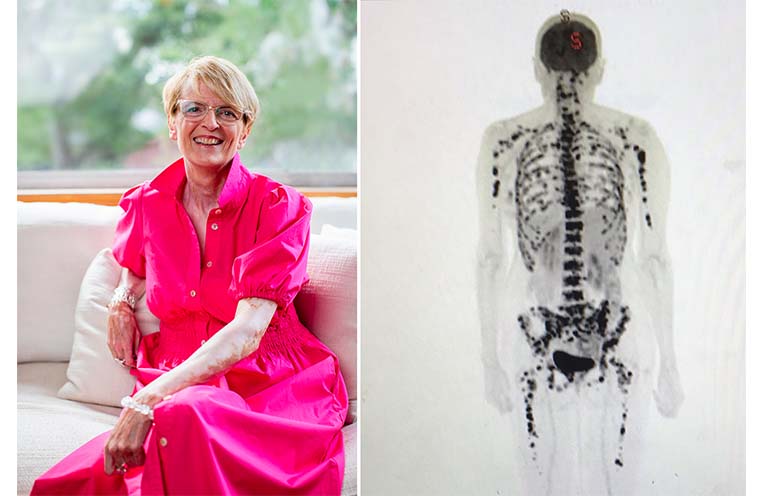
HAVING escaped a near-death experience, Anne Gately is keenly aware of the damage the sun can do to Australians.
So the stage-four melanoma survivor is not content with the lukewarm approach adopted by too many businesses and sporting clubs.
 Advertise with News of The Area today.
Advertise with News of The Area today.It’s worth it for your business.
Message us.
Phone us – (02) 4981 8882.
Email us – media@newsofthearea.com.au
“As a culture, I believe we’re not really aware of this issue that the sun is causing,” the mother-of-two told AAP.
“Sure, we all have a role to play to protect ourselves.
“But there are a lot of circumstances when we’re in an organised environment like sport… or in workplaces where there’s not enough regard for protecting people from the sun.”
That includes in cricket, where data suggests many players lack access to shade and workplaces where sun protective equipment garners less focus than wet-weather gear.
The danger is crystal clear to the advertising and marketing leader, whose pain from a suspected gym injury six years ago was later identified as stage-four melanoma.
“It was in my bones and I was basically riddled with it,” she said.
“I was told the historical prognosis of my diagnosis was about 12 to 24 months.”
Fortunately for Ms Gately, she is among rare cases of advanced melanoma to respond to immunotherapy treatment.
But one of Australia’s deadliest cancers still claims more than 1300 lives a year, more than the national road toll in 2023.
About 18,000 people are diagnosed each year, with those in Queensland, Tasmania, Western Australia and NSW most at risk.
Data released on Tuesday shows NSW’s hotspots centre on the sun-soaked north coast and regional areas.
The Clarence Valley and Coffs Coast LGAs rank fourth and fifth respectively in NSW for melanoma incidence rates.
Port-Macquarie Hastings is seventh, with Nambucca Valley 11th.
Byron Shire, home to the famous coastal town Byron Bay, has risen to third place while neighbour Ballina leads the pack for melanoma rates adjusted for population.
More than one in 1000 people living in the top-five areas are expected to be diagnosed in 2024.
“Australia has one of the highest skin cancer rates in the world and as a community it’s imperative we take the threat of skin cancer seriously and follow the simple, life-saving steps needed to reduce our risk of this deadly disease,” NSW Health Minister Ryan Park said.
Cancer Institute NSW says people should think about sun exposure whether they’re going to the beach, for a walk or hanging the washing.
The most effective defence is to wear protective clothing, SPF50+ sunscreen, a wide brimmed hat and sunglasses, and to seek shade.
By Luke COSTIN, AAP
